scientific program
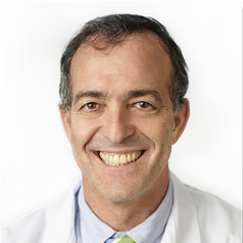
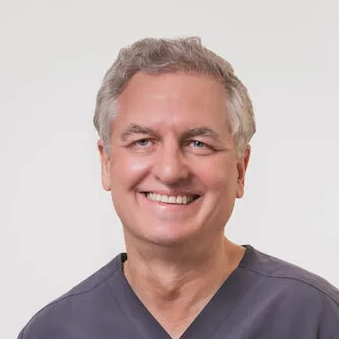
Beyond Alignment: Airway, Function and the Orthodontic Lens
Dr. Domingo Martin & Dr. Alberto Canabez – Orthodontists – Spain
Airway health has become a cornerstone of modern interdisciplinary dentistry. In this exclusive lecture, Dr. Domingo Martin—internationally recognized orthodontist and educator—shares his insights into how orthodontics must evolve to integrate airway and functional considerations. Drawing from clinical experience and scientific evidence, he illustrates how orthodontic treatment can influence not only facial aesthetics and occlusion, but also breathing patterns, posture, and systemic well-being. This presentation is a call to action for collaborative diagnostics and treatment planning, offering a comprehensive view of airway-focused orthodontics within a truly interdisciplinary framework.
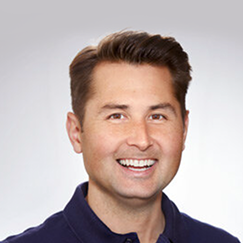
Facts and Myths in Airway Dentistry
Dr. Dr. Florian Six – Maxillofacial Surgeon – Austria
Airway dentistry exists at the intersection of solid science and unproven claims. This presentation explores what current research truly reveals about the role of the airway, tongue posture, nasal breathing, and myofunctional therapy in the context of sleep-disordered breathing. Common assumptions regarding snoring, maxillary expansion, and obstructive sleep apnea will be critically examined. The aim is to provide an evidence-based framework for diagnostics, therapeutic decision-making, and interdisciplinary collaboration in the management of airway-related sleep conditions.


When Form Follows Function – and Breathing: A New Era in Interdisciplinary Planning
Dr. Christian Leonhardt – General Dentist – Germany &
Dr. Daniel Ramos – Orthodontist – Spain
A paradigm shift is redefining the foundations of modern dental treatment planning: the evolution from Facially Generated Treatment Planning (FGTP) to Airway and Facially Generated Treatment Planning (AFGTP). In this new era, facial esthetics, functional harmony, and airway health are no longer considered in isolation—but as interdependent dimensions of comprehensive care.
Traditionally, esthetic planning has focused on dental composition and smile line dynamics. Today, digital smile design begins not intraorally but extraorally—with the face, the airway, and their developmental trajectories. Backward planning is no longer limited to reconstructing teeth from a target esthetic; it now integrates facial growth, airway volume, postural influences, and neuromuscular patterns as essential diagnostic elements.
Beauty and wellness—key goals in modern dentistry—are increasingly understood as emergent properties of balance: balance between form and function, between breathing and craniofacial development, between skeletal structure and soft tissue adaptation. This expanded planning philosophy acknowledges that true esthetics must also breathe.
Airway Smile Design introduces a transformative layer to digital workflows. Through the integration of 3D facial scans, posture-aware photography, and dynamic airway assessments, we unlock a deeper understanding of each patient’s physiologic and esthetic potential. The smile is no longer an isolated outcome but a reflection of underlying functional integrity.
The Big Picture:
We advocate for an interdisciplinary planning model that aligns restorative, orthodontic, and airway-focused dentistry. AFGTP provides a framework where esthetic excellence is not achieved despite functional constraints, but through their resolution. By aligning form with function—and breathing—we shape smiles that are not only beautiful, but sustainable, resilient, and truly human.
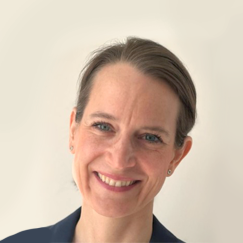
Tongue Tie: Why, When and How to cut – an ENT perspective
Dr. Veronika Kranebitter – ENT – Austria
Restricted tongue movement can predispose to multiple orofacial disorders ranging from
early feeding issues and mouth breathing to nasal obstruction and sleep-disordered
breathing. Clinical examination, potential consequences of a tongue tie, decision making and
treatment options from an ENT perspective will be covered in this talk.

Nasal Breathing and the Immune System: The Nose as the Body’s First Line of Defense
Dr. John Flutter – Orthodontist – Australia
The human nose serves as more than just a conduit for air; it is a critical component of the body’s immune defense system. As air enters the nasal passages, it undergoes filtration, humidification, and warming—processes essential for protecting the lower respiratory tract from pathogens and irritants. The nasal mucosa, equipped with cilia and mucus-producing cells, traps and removes harmful particles, while also producing immune factors like immunoglobulins. This presentation will delve into the anatomical and physiological features of the nasal cavity that facilitate these protective functions. Emphasis will be placed on the importance of nasal breathing in children, highlighting how proper nasal function supports immune health and overall well-being.

Surgical Management of Transverse Maxillary Deficiency in Orthognathic Surgery – Importance of Stable Width, Digital Planning and Segmentation
Prof. Dr. Gabriele Millesi – Maxillofacial Surgeon – Austria
Transverse maxillary deficiency is one of the most common skeletal discrepancies and has a profound impact not only on facial aesthetics but also on key functional aspects such as occlusion, nasal airflow, and upper airway volume. This presentation highlights the importance of achieving and maintaining stable transverse width in orthognathic surgery, particularly in relation to airway improvement. A structured surgical approach will be demonstrated, combining digital planning, segmentation, and operative techniques. The primary idea is to alter the anatomy of the maxillary arches by premolar extractions and segmentation via the extraction socket, rostral advancement of the molar segments to keep up a good soft tissue profile and expanding the radius of the anterior segment from canine to canine . In the end the dental arch is widenened and anatomically rounded and shortened, creating space for the tongue. Clinical case examples will illustrate practical implementation and the added value of digital workflows in optimizing both esthetic and functional – especially airway-related – outcomes.
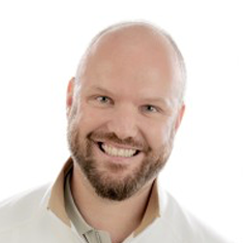
From Limits to Lifelines: Reclaiming Childhood Potential Through Airway-Focused Risk Assessment
Dr. Steffen Decker – Orthodontist – United Kingdom
The airway is not only vital for survival—it is central to optimal growth, sleep, behaviour, and long-term health. Yet, many children with airway dysfunction are misdiagnosed, overlooked, or only treated once symptoms become entrenched in adulthood. In this session, we explore how functional, structural, and behavioural markers in childhood can serve as early warning signs for the chronic issues we see in adults—ranging from obstructive sleep apnoea, TMJ disorders, and anxiety, to persistent fatigue, poor posture, and compromised cognitive function.
To bridge the gap between early signs and long-term outcomes, we present a structured, clinically practical airway risk bell curve developed to categorise patients from mild to severe dysfunction. This tool offers a visual and functional framework to guide interdisciplinary screening, support early intervention, and communicate airway risk to families and healthcare providers alike.
By reframing airway assessment as a preventative tool rather than a reactive measure, we highlight the opportunity to intervene early—before dysfunctional breathing, poor oral posture, and altered craniofacial development become lifelong burdens. Through case-based discussion and interdisciplinary insights, we reveal how treating the airway in childhood may be the key to breaking the cycle of chronic dysfunction seen in adulthood.
This session invites clinicians across fields to consider: What if many of the adult problems we manage daily could have been prevented if someone had asked, early on—what does the airway have to do with it?

DOMExD – Distraction Osteogenesis Maxillary Expansion without diastema
Dr. Claudia Pinter – Orthodontist – Austria
DOME is a concept based on skeletal maxillary expansion to facilitate nasal breathing and increase pharyngeal muscle stability during sleep. The latest innovation called DOMExd describes the protocol of not creating a gap between front teeth, making the process more aesthetic and enhancing the patient experience of the treatment.
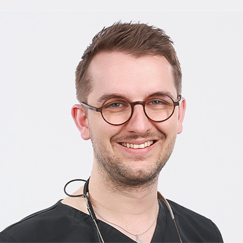
Airway Aware – How to Do Airway Assessment in Adults
Dr. Clemens Paffenholz – General Dentist – Germany
While preventive and proactive treatment in children should always remain the ultimate goal, the reality is that we are increasingly confronted with adult patients of all ages—many of whom present with significant symptoms linked to compromised airways and sleep-disordered breathing. Some have suffered from these conditions for years without proper diagnosis, while others appear surprisingly well-adapted, showing little to no symptoms despite underlying dysfunction.
This raises critical questions for our clinical approach: Is it enough to be “airway aware”—ensuring that our treatment does not worsen airway function? Or should we adopt an “airway-directed” strategy, making the improvement of airway structure and function a primary therapeutic goal?
Either way, effective treatment begins with proper assessment. We must be able to recognize and interpret risks and symptoms accurately, and translate our findings into meaningful clinical action.
This presentation offers a detailed look into the principles and practicalities of adult airway assessment—an essential skill for any practitioner striving to integrate airway health into modern interdisciplinary care.
